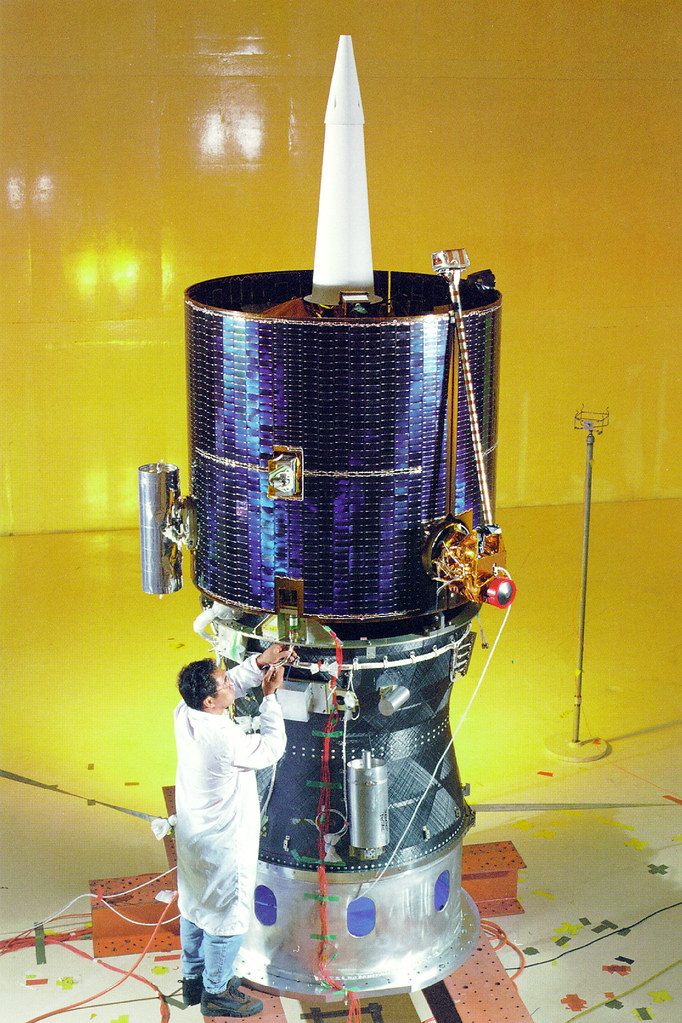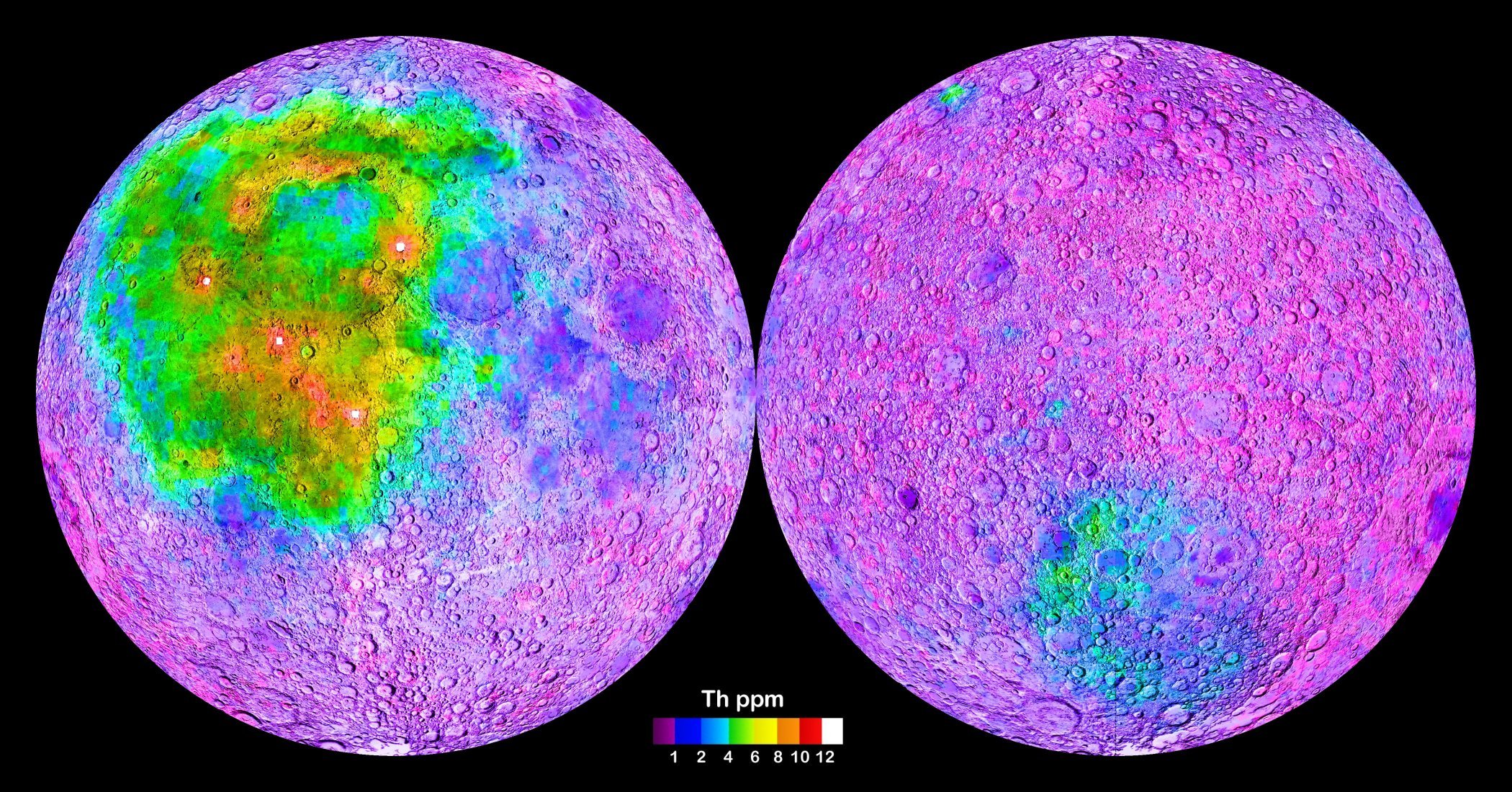Traci Watson
NATURE
The piece of space junk that made a fiery plunge into the Indian Ocean two months ago was most likely the remains of a rocket motor that propelled a NASA probe to the Moon in 1998, researchers studying the event have concluded.
The junk’s identity is by no means certain, but the “leading candidate” is the translunar injection module of Lunar Prospector, says Paul Chodas, an asteroid tracker at the CalTech/Jet Propulsion Laboratory in Pasadena, California. The module nudged the probe out of Earth orbit and then detached from the main spacecraft, which orbited the Moon for 19 months before it was deliberately slammed into the lunar south pole in July 1999.
Speculation about the source of the debris, known as WT1190F, ran rampant even before it plummeted through the atmosphere on 13 November. The only artificial object to make an uncontrolled re-entry at a precisely predicted place and moment, it presented a unique chance to witness such an event in real time. Researchers took advantage of the opportunity, monitoring the debris from a chartered jet as well as from ground-based observatories.
Catch the full article HERE.



